Tired of slow internet and unreliable network connections? [1]. You’re not alone! Many people face these issues, but there’s a solution that can significantly improve your network performance.
Cat 6a (Category 6 Augmented) cable is a type of Ethernet cable designed to support 10 Gigabit Ethernet (10GbE) over 100 meters. Compared to Cat 6, it offers improved performance with a bandwidth of 500 MHz, better alien crosstalk rejection, and is ideal for high-speed networks and data centers.
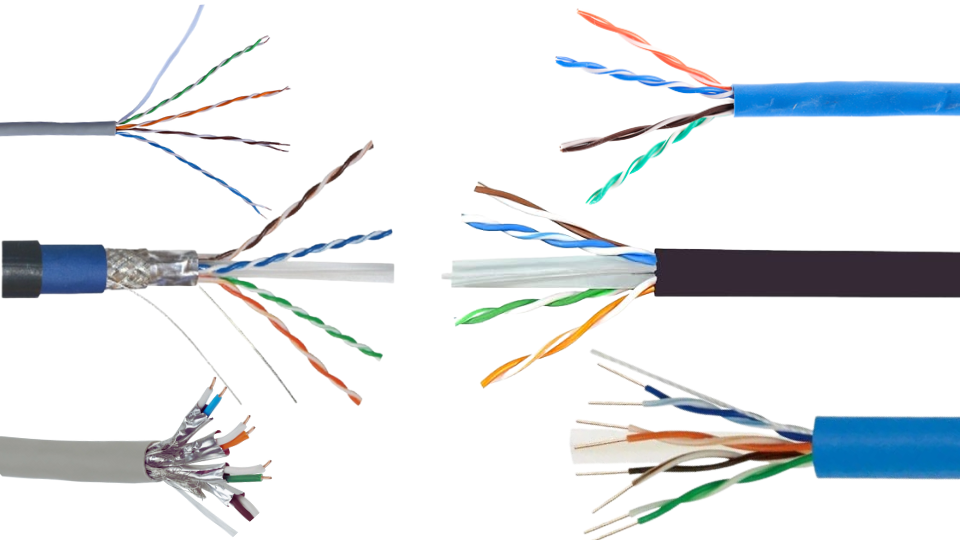
Ready to learn more about how Cat 6a can revolutionize your network? Keep reading!
What is Category 6A Cable?
Having trouble understanding all the different cable types? It’s a common problem. Knowing the basics can really help you choose the right cable for your needs.
Category 6A cable is an enhanced version of Cat 6, designed to support data transmission rates up to 10 Gbps over a distance of 100 meters. The "A" in Cat 6A stands for "augmented," meaning it has improved specifications like higher bandwidth (up to 500 MHz) and reduced crosstalk.
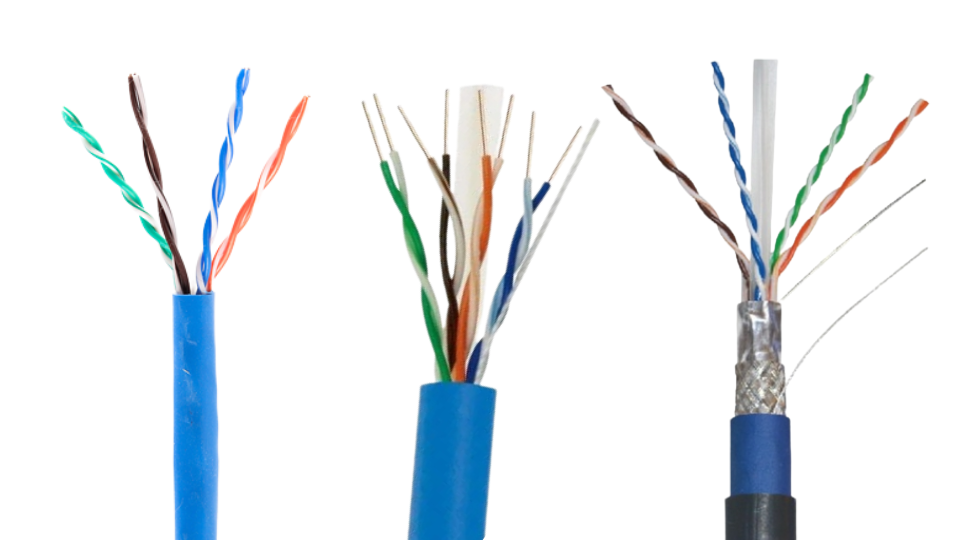
The main difference between Cat6 and Cat6a cables lies in their capabilities and performance. Cat6 cables support Gigabit Ethernet at 1 Gbps up to 100 meters, but speeds drop beyond 55 meters. Cat6a, on the other hand, maintains 10 Gigabit Ethernet speeds up to 100 meters without signal degradation. This makes Cat6a a more robust solution for environments requiring higher data transmission rates over longer distances. Additionally, Cat6a cables operate at 500 MHz[1], double that of Cat6 cables [1]. This increased bandwidth allows for higher data transfer rates and reduced interference [1]. For example, in a data center, Cat6a ensures smooth, uninterrupted data flow, which is crucial for maintaining efficient operations.
Is Cat6A Faster Than Cat6?
Want to know if upgrading to Cat6A is worth it? It’s a valid question. The answer depends on your specific needs and network requirements.
Yes, Cat6A is generally faster than Cat6, especially over longer distances. While both can support speeds up to 10 Gbps, Cat6A maintains this speed over 100 meters, whereas Cat6’s speed decreases after 55 meters.
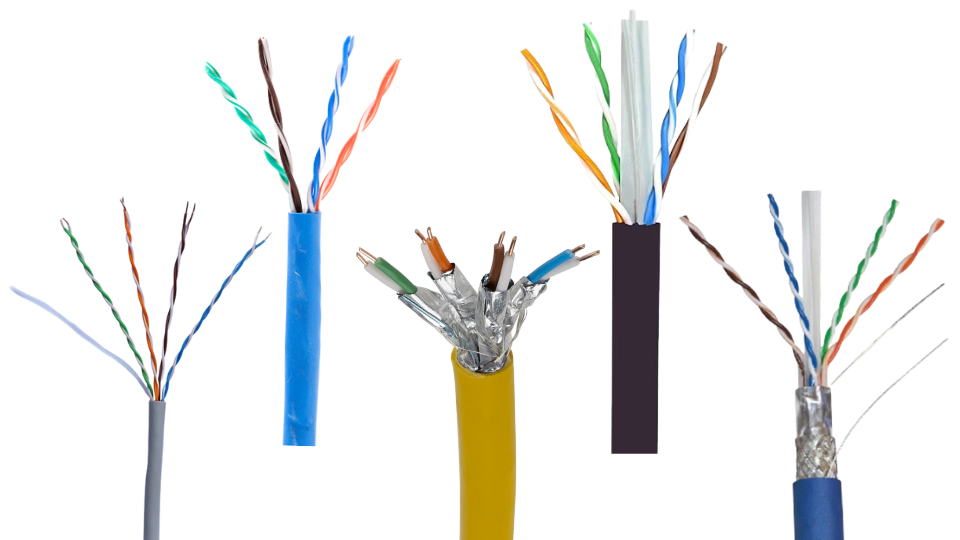
Cat6a cables provide enhanced performance by operating at a higher frequency of 500 MHz, compared to Cat6’s 250 MHz. This increased bandwidth results in faster data transmission speeds and reduced interference, making Cat6a ideal for high-demand environments. Shielding in Cat6a cables further minimizes crosstalk[2], ensuring stable and reliable connectivity. For instance, imagine a busy office where multiple employees are simultaneously transferring large files. Cat6a cables would ensure that everyone experiences fast and consistent network speeds, avoiding frustrating slowdowns [1]. In contrast, Cat6 might struggle to maintain optimal performance under such heavy usage, especially if cable runs exceed 55 meters. This makes Cat6a a more future-proof[3] investment for growing businesses or homes with increasing bandwidth demands.
What is CAT6A Used For?
Wondering if Cat6A is the right choice for your specific needs? Knowing its common applications can help you decide.
CAT6A cables are commonly used in environments needing high-speed data transmission, such as data centers, enterprise networks, and educational institutions. They’re also suitable for applications like Power over Ethernet (PoE), HDBaseT, and digital building infrastructures.
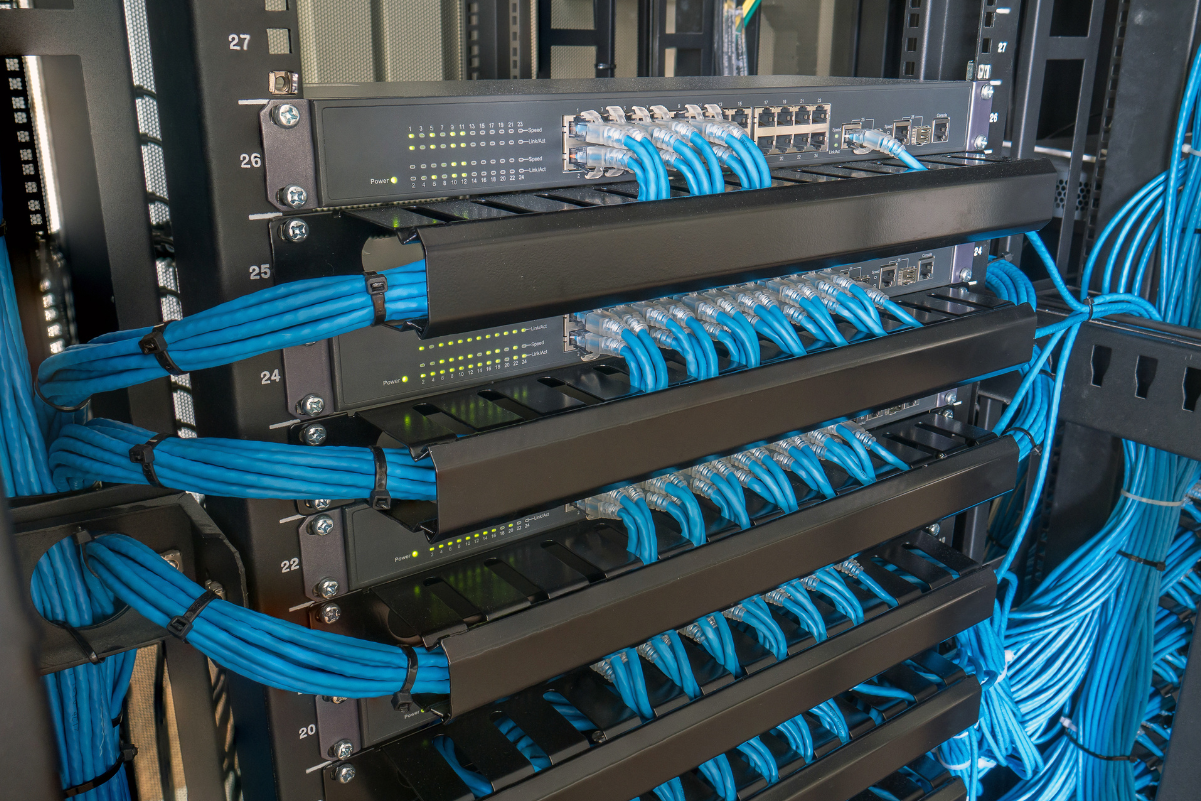
In data centers[4], Cat6a cables are essential for server-to-switch connections, ensuring reliable and high-speed data transmission to maintain seamless network operations. Enterprise networks benefit from Cat6a’s ability to support numerous connected devices and bandwidth-intensive applications like video conferencing and large file transfers. Educational institutions utilize Cat6a to provide reliable connectivity for online learning, research, and administrative tasks, supporting a wide range of digital resources. Additionally, Cat6a’s compatibility with PoE makes it ideal for powering devices like IP cameras and wireless access points, simplifying installations and reducing cable clutter. Its robust performance and future-proof capabilities make Cat6a a versatile solution for various modern networking needs.
Why Should I Upgrade to CAT6A?
Is it time to upgrade your network cabling?
Understanding the benefits of Cat6A can help you make an informed decision.
Upgrading to CAT6A provides several benefits, including faster data transmission, improved network performance, and future-proofing your infrastructure. It supports 10 Gbps speeds over longer distances, reduces crosstalk, and prepares your network for next-generation technologies.
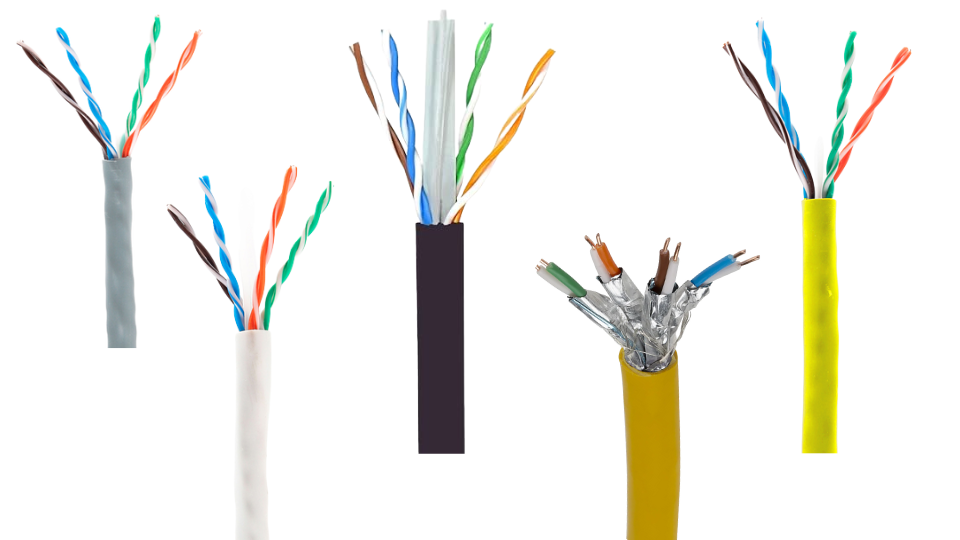
Investing in Cat6a cabling provides a long-term solution that supports your organization’s technology infrastructure [4]. With Cat6a, you’re ready for next-generation wireless, 4-pair Power over Ethernet (PoE)[5], HDBaseT[6], and digital buildings. Many standards recommend Cat6a cabling for new installations because of these bandwidth-intensive applications. Another advantage of Cat6a cables is their better handling of electromagnetic interference[7], thanks to their enhanced shielding. In environments with lots of electrical equipment, this could be a deciding factor. Consider future network expansion and increasing data demand, as Cat6a cables may provide a more future-proof solution despite their higher upfront cost.
Conclusion
Cat 6a cable is a robust and future-proof solution for high-speed networks, offering improved performance and reliability compared to Cat 6.
[1]: Discover why 500 MHz is crucial for bandwidth and how it impacts data transfer rates.
[2]: Understanding crosstalk can help you choose cables that minimize interference and improve performance.
[3]: Learn about future-proofing in networking to make informed decisions for long-term infrastructure investments.
[4]: Explore the importance of data centers and how they utilize advanced cabling for optimal performance.
[5]: Find out how PoE technology simplifies installations and powers devices over network cables.
[6]: Discover how HDBaseT technology works and its benefits for high-definition video and audio transmission.
[7]: Understanding electromagnetic interference can help you choose cables that ensure stable connectivity.
